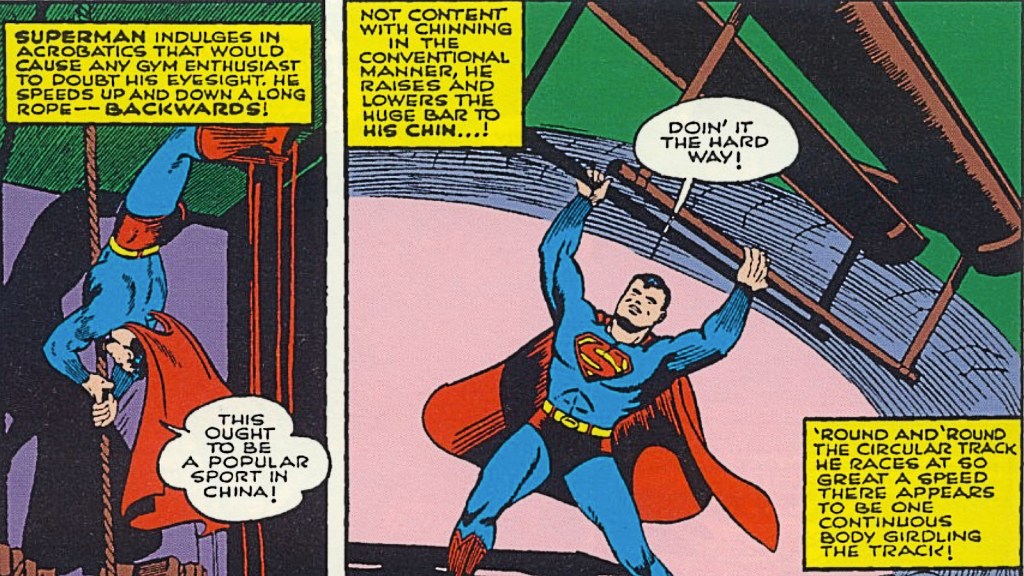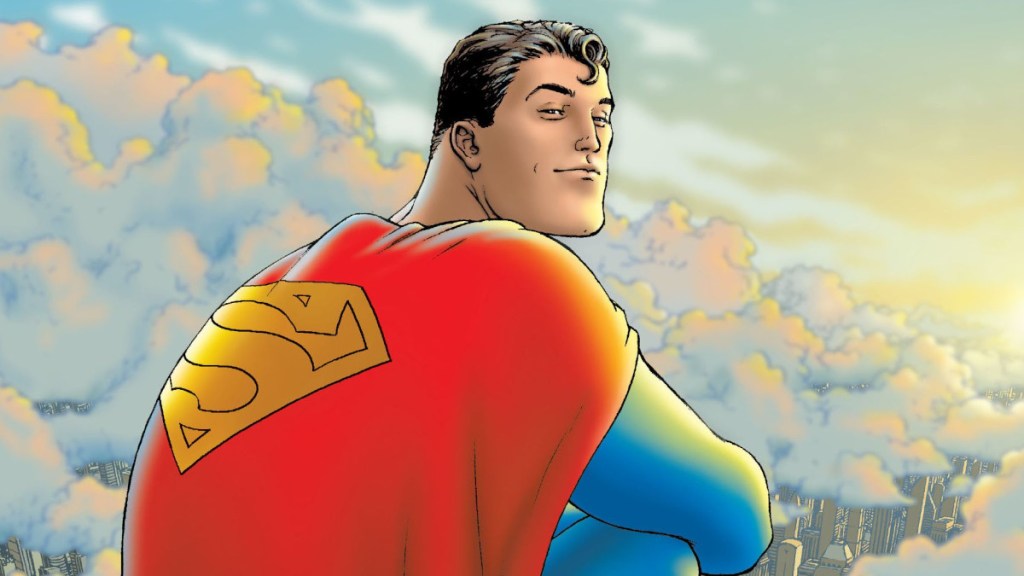Being a superhero is a demanding job, and the challenges only intensify when you are someone like Superman. Indeed, Superman’s position as the strongest arbiter of truth, justice, and the rule of law means that his every move will be scrutinized, every comment dissected, and every perceived failure shared widely online. It’s a role that requires an enormous amount of resilience, adaptability, and a significant need for rest, relaxation, and recovery to keep the mind sharp, the body supple, and the Man of Steel in the optimal condition to handle the high-stakes pressures of being humanity’s last great bulwark against annihilation.
Videos by ComicBook.com
Fortunately, like all great mortal leaders, Superman understands the importance of rest. To that end, he created the Fortress of Solitude —his own private “man-cave”— as a place to relax, recover, and, as the saying goes, “touch grass.” However, contrary to popular belief, the idea, design, and purpose of the Fortress didn’t emerge fully formed from Superman’s mind. Instead, it was the result of a process marked by trial and error, ultimately leading to the iconic arctic crystal sanctuary we know today. That journey began more than a decade before the Fortress made its shimmering debut.
Even Superman Needs Some “Me” Time Once in A While

From the outset, Superman’s creators, Joe Shuster and Jerry Siegel, addressed the inherent stress of his extraordinary existence. Despite his famed abilities – outstripping speeding bullets, overpowering locomotives, and leaping tall buildings with ease – Superman also grapples with the delicate balance between his heroic duties and personal life. This is further complicated by the emotional burden of Lois Lane, the object of his affection, who remains oblivious to his advances while yearning for his alter ego. Consequently, the combined pressures of his superhero role and personal struggles necessitated a means for him to step back, decompress, and recharge from the relentless demands of his dual identity.
[RELATED: Superman’s Fortress of Solitude Has Moved ]
The need for Superman to take an occasional “vacation” likely played a role in the introduction of the “Secret Citadel” in Superman (1939) #17. As described in the story, the Citadel is a secluded getaway located in a high mountain range, presumably near Metropolis, which Superman carved out of the stone with his own hands. On the one hand, it serves as his “mountain retreat,” where, surrounded by trophies from his many battles against crime -including a “ray gun” once wielded by Lex Luthor- the Man of Steel can find a measure of solace.
The Original “Getaway” Space is Noted for its Simplicity

The Secret Citadel also functioned as a personal workspace where Superman could study, conduct research, perform experiments, and investigate ongoing cases. Additionally, its closeness to society permits the Man of Tomorrow to quickly respond to unlawful actions happening in the vicinity. Moreover, the space also served as a training ground, allowing Superman to maintain his peak physical condition. Notably, just before retreating to his hideaway in Superman #17, Kent is lambasted by Lois Lane after failing to capture a much smaller thief, for being “spineless,” “flabby,” and a “miserable specimen of humanity.”
More than just a refuge from life’s pressures, the Secret Citadel was also a place where Superman could hone his skills and perfect his craft. In this sense, the Citadel initially bears a closer resemblance to Batman’s Batcave than to Superman’s more famous Fortress of Solitude. Its functionality is more focused on helping Superman become a better crime fighter and less on ways of helping him connect with himself, become more grounded and more meaningfully access his Kryptonian culture.
Ultimately, the Secret Citadel Becomes Superman’s One True Sanctuary

The Fortress of Solitude, first introduced in Superman #241 and closely linked to the Earth-One version of Superman, is not solely a site for introspection, although it does provide that opportunity when Superman wishes for it. Instead, despite its name, this space has evolved into something far more than a secret retreat. On one hand, it serves as Superman’s personal headquarters — a space where he can manage his official superhero affairs. In this capacity, it also functions as an archive, a museum, and even a zoo. On the other hand, it has become a widely recognized, Superman-sponsored meeting and workspace, granting access to select superheroes, such as Supergirl, who conduct their own affairs away from public scrutiny.
Conversely, the Secret Citadel represented Superman’s endeavor to establish a sanctuary – a place where he could find rest, relaxation, and the space to pursue his private interests, far from the constant scrutiny that accompanied his role as the world’s protector. Furthermore, as a creation of the Golden Age Superman, the hero of Earth-Two, the Citadel reflected his simpler lifestyle, one deeply rooted in acts of kindness and the safeguarding of his loved ones. Consequently, this retreat held profound personal and emotional significance for him. In essence, despite its imposing name, it served as his true haven of quiet solitude.








